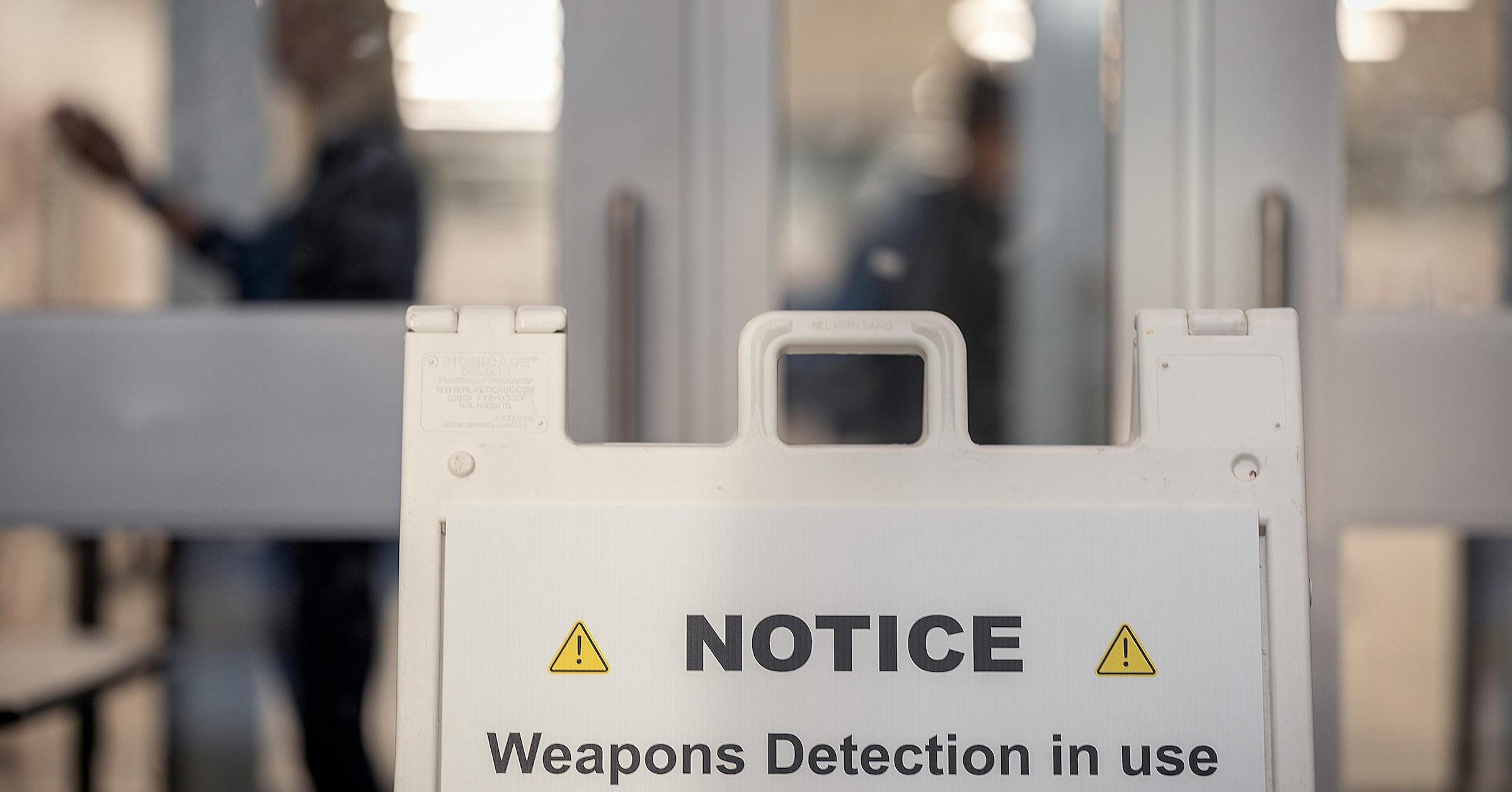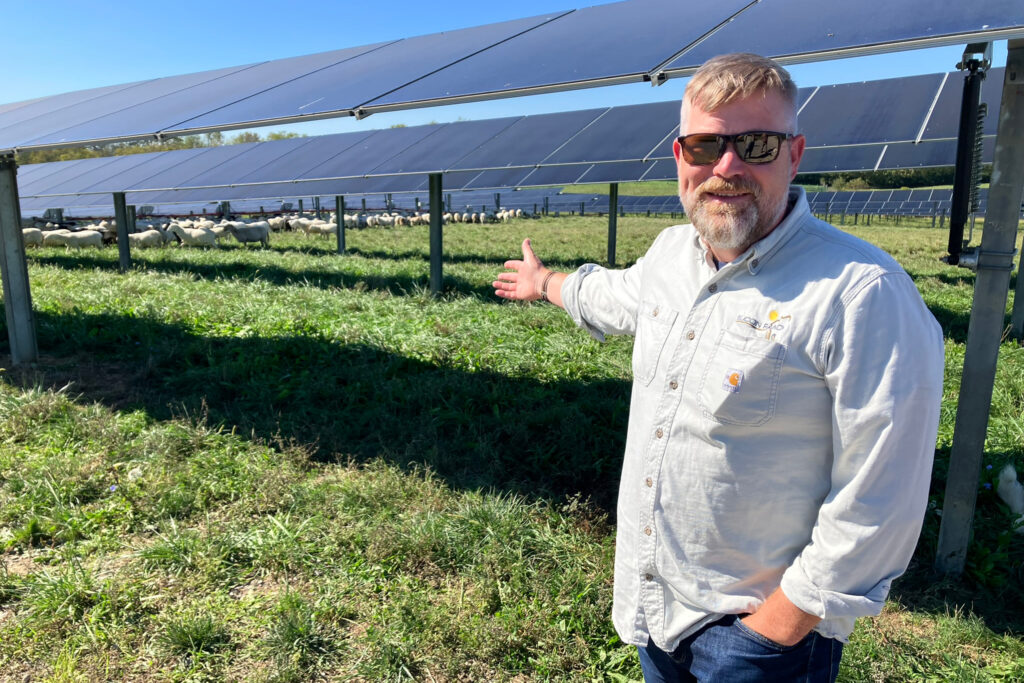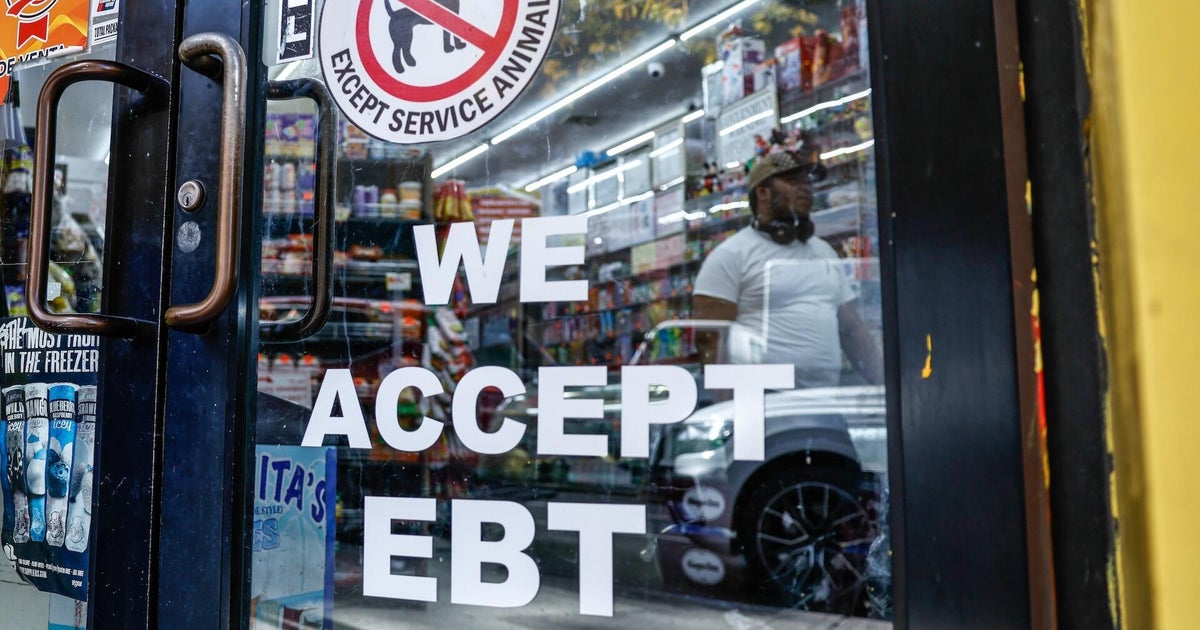Nimirnthu Nil initiative launched to boost entrepreneurship among students – The Hindu

Report on the “Nimirnthu Nil” Initiative and its Alignment with Sustainable Development Goals (SDGs)
1. Introduction
On July 17, 2025, the Minister for Micro, Small and Medium Enterprises (MSME), T.M. Anbarasan, launched the “Nimirnthu Nil” initiative. This program, organized by the Entrepreneurship Development and Innovation Institute (EDII) at Anna University, is designed to nurture innovation and entrepreneurship among students in higher education. The initiative represents a significant strategic effort to advance several key United Nations Sustainable Development Goals (SDGs), particularly those related to education, economic growth, innovation, and equality.
2. Initiative Scope and Alignment with SDG 8 (Decent Work and Economic Growth)
The “Nimirnthu Nil” initiative is a five-year plan aimed at fostering a new generation of entrepreneurs, directly contributing to SDG 8 by promoting productive employment and economic growth.
- Financial Outlay: The program will be implemented with a budget of ₹19.57 crore over five years.
- Target Beneficiaries: It aims to train 30.5 lakh students in entrepreneurship and innovation.
- Institutional Reach: The initiative will engage with students from 2,000 higher education institutions annually.
- Expanded Training: The launch event also included the inauguration of entrepreneurship development training for 9,000 beneficiaries from Tier-II and Tier-III cities, reinforcing the goal of creating economic opportunities beyond major urban centers.
3. Enhancing SDG 4 (Quality Education) and SDG 9 (Industry, Innovation, and Infrastructure)
The program’s core focus is on integrating practical skills into the educational framework, thereby enhancing the quality of education (SDG 4) and building a foundation for a robust innovation ecosystem (SDG 9).
- Skill Development for Youth: By providing training in entrepreneurship and innovation, the initiative equips students with relevant skills for future employment and job creation, aligning with SDG Target 4.4.
- Fostering a Culture of Innovation: Hackathon competitions are being conducted for school students to instill innovative thinking from an early age.
- Proven Track Record: EDII’s past efforts have already made a substantial impact:
- Awareness and training on innovation and entrepreneurship have been provided to 21.86 lakh school students.
- Similar training has been extended to 6.40 lakh college students.
- A total of 71,735 individuals have received comprehensive entrepreneurship training over the last four years.
4. Addressing SDG 10 (Reduced Inequalities) through Inclusive Outreach
A key component of the initiative is its commitment to inclusivity, ensuring that opportunities for entrepreneurship and innovation are accessible to all, thereby supporting SDG 10.
- Focus on Underserved Regions: The program explicitly targets beneficiaries in Tier-II and Tier-III cities for entrepreneurship training.
- Support for Public School Students: In a program implemented with UNICEF, awards and cash prizes were presented to students from Classes 6–12 attending government and government-aided schools, promoting equity in the educational system.
5. Demonstrating SDG 17 (Partnerships for the Goals)
The launch event highlighted the multi-stakeholder collaboration essential for achieving the SDGs. The presence and participation of various entities underscore a strong partnership model.
- Government Leadership: Led by the MSME Ministry and implemented by the EDII.
- Academic Collaboration: Hosted at Anna University, indicating a strong link with higher education institutions.
- International Partnership: Collaboration with UNICEF on programs for school students demonstrates a commitment to leveraging global expertise.
- Key Stakeholders: The event was attended by the Additional Chief Secretary of the MSME Department, the executive director of EDII, the Joint Director of School Education, and a UNICEF representative, showcasing a unified approach.
Analysis of the Article in Relation to Sustainable Development Goals (SDGs)
1. Which SDGs are addressed or connected to the issues highlighted in the article?
The article on the “Nimirnthu Nil” initiative highlights several issues that are directly connected to the following Sustainable Development Goals (SDGs):
- SDG 4: Quality Education – The core of the initiative is to provide education and training in entrepreneurship and innovation to students in higher education and schools.
- SDG 8: Decent Work and Economic Growth – By fostering entrepreneurship among the youth, the initiative aims to promote productive activities, job creation, and the growth of Micro, Small and Medium Enterprises (MSMEs), which are crucial for economic growth.
- SDG 9: Industry, Innovation, and Infrastructure – The program’s emphasis on “innovation” and the use of “hackathon competitions” directly supports the goal of fostering innovation.
- SDG 10: Reduced Inequalities – The initiative specifically targets beneficiaries in Tier-II and Tier-III cities and students from government and government-aided schools, aiming to provide opportunities to those in less developed regions.
- SDG 17: Partnerships for the Goals – The implementation of the program involves collaboration between government bodies (MSME Department), educational institutions (Anna University), and international organizations (UNICEF), showcasing a multi-stakeholder partnership.
2. What specific targets under those SDGs can be identified based on the article’s content?
Based on the activities and goals described in the article, the following specific SDG targets can be identified:
-
SDG 4: Quality Education
- Target 4.4: “By 2030, substantially increase the number of youth and adults who have relevant skills, including technical and vocational skills, for employment, decent jobs and entrepreneurship.”
Explanation: The “Nimirnthu Nil” initiative directly addresses this target by aiming to train 30.5 lakh students in entrepreneurship and innovation, which are relevant skills for future employment and job creation. The article also mentions that 71,735 individuals have already received entrepreneurship training.
- Target 4.4: “By 2030, substantially increase the number of youth and adults who have relevant skills, including technical and vocational skills, for employment, decent jobs and entrepreneurship.”
-
SDG 8: Decent Work and Economic Growth
- Target 8.3: “Promote development-oriented policies that support productive activities, decent job creation, entrepreneurship, creativity and innovation, and encourage the formalization and growth of micro-, small- and medium-sized enterprises (MSMEs)…”
Explanation: The initiative is launched by the Minister for MSME and is designed to “nurture innovation and entrepreneurship among the youth,” which directly aligns with promoting policies that support entrepreneurship and the growth of MSMEs.
- Target 8.3: “Promote development-oriented policies that support productive activities, decent job creation, entrepreneurship, creativity and innovation, and encourage the formalization and growth of micro-, small- and medium-sized enterprises (MSMEs)…”
-
SDG 9: Industry, Innovation, and Infrastructure
- Target 9.b: “Support domestic technology development, research and innovation in developing countries…”
Explanation: The article mentions that “hackathon competitions were being conducted to instill a culture of innovation and entrepreneurship among school students.” This focus on fostering innovation from a young age contributes directly to this target.
- Target 9.b: “Support domestic technology development, research and innovation in developing countries…”
-
SDG 10: Reduced Inequalities
- Target 10.2: “By 2030, empower and promote the social, economic and political inclusion of all…”
Explanation: The initiative’s plan to provide “entrepreneurship development training for 9,000 beneficiaries from Tier-II and Tier-III cities” and giving awards to students from “government and government-aided schools” demonstrates a clear effort to include and empower individuals from regions and backgrounds that may have fewer opportunities.
- Target 10.2: “By 2030, empower and promote the social, economic and political inclusion of all…”
-
SDG 17: Partnerships for the Goals
- Target 17.17: “Encourage and promote effective public, public-private and civil society partnerships…”
Explanation: The event and the initiative itself are a result of a partnership between the government (MSME Department, Joint Director of School Education), an academic institution (Anna University, EDII), and an international organization (UNICEF), as mentioned by the presence of their representatives.
- Target 17.17: “Encourage and promote effective public, public-private and civil society partnerships…”
3. Are there any indicators mentioned or implied in the article that can be used to measure progress towards the identified targets?
Yes, the article provides several quantitative and qualitative indicators that can be used to measure progress:
- For Target 4.4:
- The target number of students to be trained in higher education institutions: 30.5 lakh over five years.
- The number of higher education institutions to be covered annually: 2,000.
- The number of school and college students who have already received awareness and training: 21.86 lakh school students and 6.40 lakh college students.
- The number of individuals who received entrepreneurship training in the last four years: 71,735.
- For Target 8.3:
- The total outlay for the initiative, indicating investment in entrepreneurship: ₹19.57 crore over five years.
- The number of beneficiaries receiving training in Tier-II and Tier-III cities: 9,000.
- For Target 9.b:
- The implementation of hackathon competitions for school students.
- The presentation of awards and cash prizes to students for innovation.
- For Target 10.2:
- The specific targeting of beneficiaries from Tier-II and Tier-III cities.
- The inclusion of students from government and government-aided schools in the program.
- For Target 17.17:
- The active collaboration between the MSME Department, EDII, Anna University, the Department of School Education, and UNICEF.
4. Table of SDGs, Targets, and Indicators
| SDGs | Targets | Indicators |
|---|---|---|
| SDG 4: Quality Education | 4.4: Increase the number of youth and adults with relevant skills for employment and entrepreneurship. |
|
| SDG 8: Decent Work and Economic Growth | 8.3: Promote policies that support entrepreneurship, creativity, innovation, and the growth of MSMEs. |
|
| SDG 9: Industry, Innovation, and Infrastructure | 9.b: Support domestic technology development, research, and innovation. |
|
| SDG 10: Reduced Inequalities | 10.2: Empower and promote the social and economic inclusion of all. |
|
| SDG 17: Partnerships for the Goals | 17.17: Encourage and promote effective public, public-private, and civil society partnerships. |
|
Source: thehindu.com

What is Your Reaction?
 Like
0
Like
0
 Dislike
0
Dislike
0
 Love
0
Love
0
 Funny
0
Funny
0
 Angry
0
Angry
0
 Sad
0
Sad
0
 Wow
0
Wow
0






;Resize=805#)


















![Officials issue warning as aggressive growth threatens properties: ‘Only add[s] to homeowners’ anxiety’ – The Cool Down](https://www.thecooldown.com/wp-content/uploads/2025/03/FX-Deluxe_Lifestyle_1326191354-copy.jpg?#)





















































